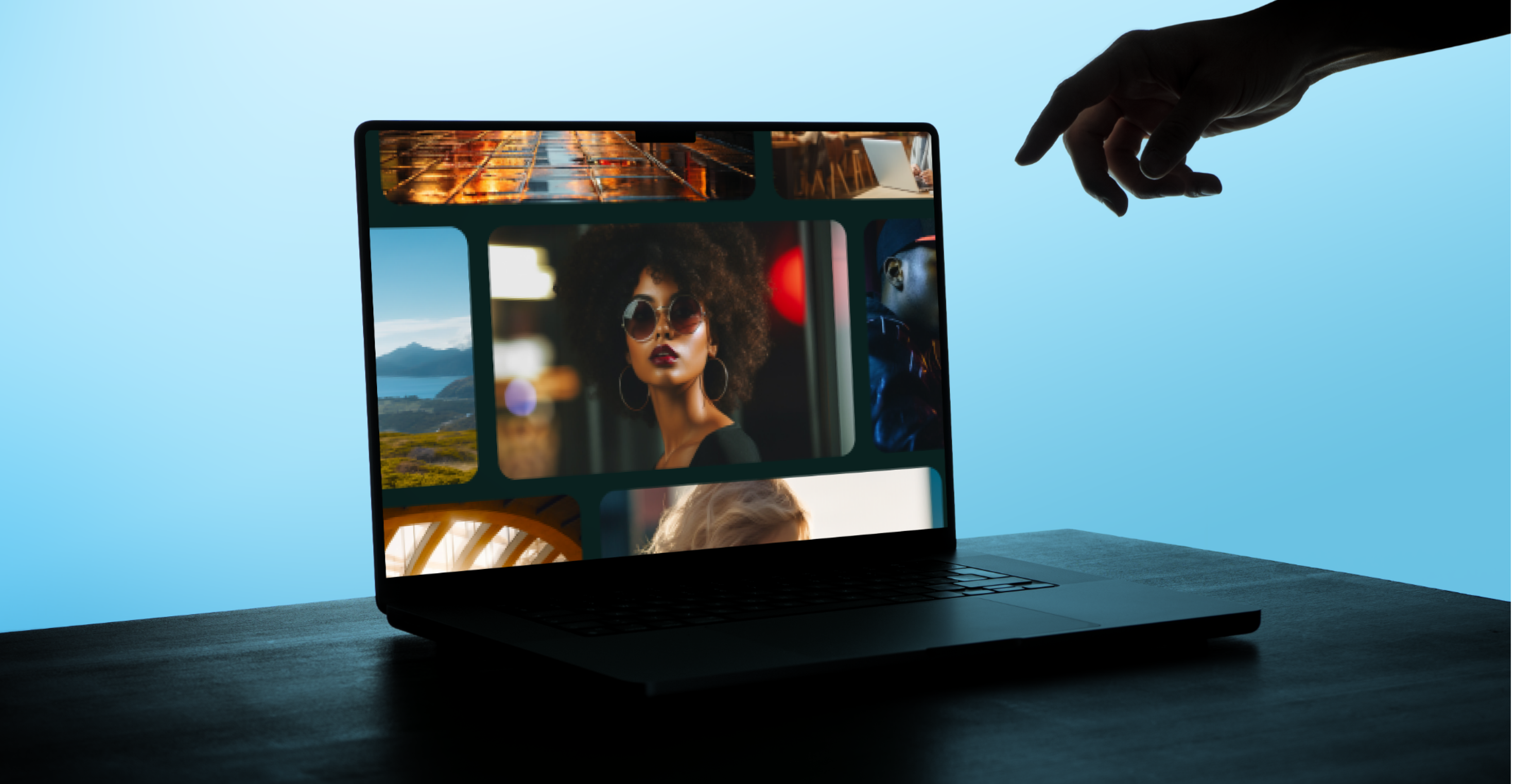
Since 2014, DesignOps — aka design operations — has grown in popularity in the design industry. The buzzword is not simply a trend as DesignOps teams have proven effective in delivering efficient design and allowing businesses to scale in ways that increase profits without burning out in-house designers. Josh Silverman, a DesignOps leader at Twitter until 2018, said, “DesignOps is contextual work that improves aesthetic work, with the ultimate goal of making the business more efficient.”
The role of the DesignOps team is one that used to be filled by project managers. Now often associated with teams of people, the purpose of a DesignOps team is to turn the design function into a high-functioning, highly efficient process.
Companies implementing DesignOps find it easier to design at scale because the team manages the tedious bits of the process like directing workflow, overseeing training, determining budget and skills needed for a project, finding the right tools for the job and convincing the company of the benefits of good design.
If you haven’t already joined big brands like Airbnb, Atlassian, Getty Images, Honeywell and Pinterest — all of whom have implemented DesignOps teams — read on to find out why they did it and how their systems might be something your business could benefit from too.
1. Airbnb
Why Airbnb implemented DesignOps:
You cannot talk about DesignOps without looking to Airbnb. Their work in this field has catapulted the need for dedicated design process teams into the spotlight.
Adrian Cleave, director of DesignOps at Airbnb, said about their growth before the new team, “The loose structure that had allowed us to keep pace before was not stable as we scaled, and new challenges emerged. Access to information, design standards, workstream collisions and quality issues all became very real problems.”
Finding a structure that solved these problems meant looking to DevOps (a set of software development principles) as an example. The DevOps concepts of collaboration, cultural shift and automation could be used to create a powerhouse of tools for centralizing design operations (DesignOps).
DesignOps became not just a function, but a team whose responsibility is to affect user experience across their digital platforms. Today, Airbnb has five distinct teams as part of its DesignOps department who manage operational strategy and design process, creation of design tools, quality and happiness within the team.
2. Atlassian
Why Atlassian implemented DesignOps:
At the forefront of Atlassian’s decision to implement DesignOps was the need to scale design. After working on the program for a year, in 2016 they posted an explanation on their blog, writing “When your company grows, the demands placed on your design organization fundamentally change – there are more moving parts, and the systems and processes that used to work when the entire design team could sit in the same conference room start to break down.”
To implement DesignOps, Atlassian started small, redesigning one page and refining the process as they went. Now, they have three workflows that nearly every design project fits into. Making the switch successful included designing a new way to communicate with idea people — the Jira Service Desk — which then enabled them to deliver resources for self-service.
The Jira Service Desk is now a go-to for over 1,500 start-ups and enterprises. Atlassian is still the biggest user, but they are joined by companies like Spotify. The program streamlines design requests, has pushed through a new brand identity for Atlassian, and helped the DesignOps team support design requests better. Their ingenuity also became a moneymaker for the company who created it.
3. Getty Images
Why Getty Images implemented DesignOps:
Getty Images created a team within product design whose purpose was to accelerate their development process — a common reason for beginning a DesignOps team.
The team was given the responsibility of creating processes, systems and tools that would increase speed and agility through design development. They were also tasked with managing training for both new and old approaches. The Getty Images team created several methods and tools to speed up collaboration across their cross-functional teams including an online living style guide of components that have built-in details and specs.
4. Honeywell
Why Honeywell implemented DesignOps:
If you haven’t heard of the industrial giant, Honeywell is a multinational conglomerate who makes things as big as jet engines and as small as the fan on your nightstand. Their recent dive into DesignOps is part of their connected industrial software business that they hope will help with a backlog of sales and organic sales growth.
Honeywell began by hiring a DesignOps lead that was a veteran in product design and UX. While it is still early in their move to DesignOps, Honeywell did report a rise in full-year sales and cash flow guidance on their earnings report, a sure sign their foray into software design and design operations is working.
5. Pinterest
Why Pinterest implemented DesignOps:
Pinterest’s co-founders, Evan Sharp and Ben Silbermann, were both designers prior to their success with the virtual pinboard, so design is a focus for the company. From 2014 to 2017, the company saw rapid expansion that included a 650% growth in designers (from 10 to 75) and hiring a diverse global team. To address this scale up, Pinterest turned to DesignOps.
The team is made mostly of senior design professionals who tackle problems together. They make all DesignOps decisions together, whether it is what tools to invest in or discard or how to establish a new approach to a growing roadblock. Meredith Black, Pinterest’s Head of Design Operations, succinctly defined the role of DesignOps when she said, “...The role of design operations ... is to let the designers do the design work while somebody else takes care of the rest, whether it’s the resourcing, whether it’s the recruiting, whether it’s getting the project management done. ...Those are all really important elements that designers need help with so they can actually focus on what they do best—which is design.”
A smoother operation for design can increase productivity, and that is true throughout nearly every industry and every role in business. When you’ve created a well-oiled machine with sensible processes and management, it frees up workers to perform their best. But DesignOps goes beyond simply increasing productivity. It also impacts your bottom line. It lets you scale at a rate you may not previously have thought possible. And for those reasons alone, DesignOps begs the question: What are you waiting for?












